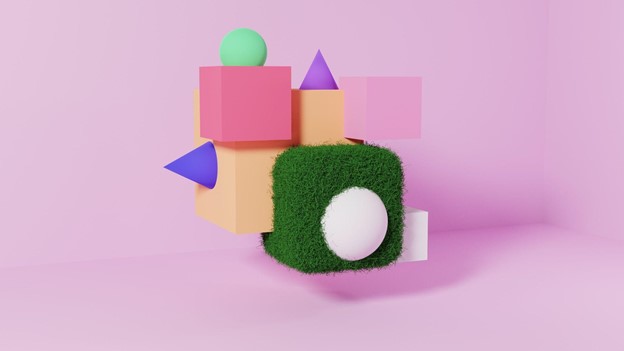Artistic mediums have a long and storied history of adaption to changing cultural attitudes. In this blog post, we’ll explore the evolution of art and discuss how NFTs may represent an even more radical shift in our values.
It is important to mention that virtual art forms are not new or unique — they have been around for a while. What makes NFTs different is that they provide a more unique and transparent means of expressing one’s identity through their work. As such, NFT creators are able to reach a global audience with their art unlike ever before.
The real question then becomes: why would artists want to express themselves using NFTs? NFT portfolios are a rich, new way to express yourself. Let’s look at 5 reasons that artists and creators should consider using platforms like Next Earth to add NFTs in their portfolios.
1. Removing brokers and middlemen
The traditional art world has long suffered from the scourge of brokers. Brokers act as middlemen, buying art on the open market and selling it to collectors at a mark-up. These middlemen, often notorious for their fees and lack of transparency, remove value from the art piece itself in order to profit.
NFTs solve this by removing intermediaries altogether; no one will be making money off your NFTs besides you.
2. Global reach and distribution
The Internet has drastically lowered barriers to entry for creators and artists around the world — which is fantastic! It is also amazing that anyone can create art online and reach millions of people with it — but there’s a major caveat: these creators are only reaching those who speak their language, live where they do, or understand their cultural references (or both).
This globalism has led to some amazing things like the popularity of TikTok (a video app with over a billion users), however, it comes at a huge cost: cultural homogenization. A new generation grew up speaking only English rather than multiple languages and understanding many different cultural perspectives. It’s time we change that trend by allowing global creators to reach more niche audiences on an equal playing field — NFTs are the answer.
3. Limited edition and permanent artworks
Traditional art galleries often have limited edition pieces on display, which are not always sold with the intention or thought of the original artist.
NFTs solve this problem by giving artists control over their artwork throughout its lifespan — creating immutable art has never been easier. Permanent works can also be minted using NFTs; these are still unique objects based on real-world items, but unlike traditional limited editions, these cannot be duplicated (which eliminates the risk of counterfeiting).
Creating both limited and permanent art with NFTs means more options for collectors who want one-of-a-kind original artwork or collectibles.
4. Being an early-adopter
The Metaverse (and by extension, NFTs) are still in their early stages. While they have seen rapid growth and adoption in the last year, there is still much for creators to learn about the best way to use NFTs for their artworks.
Many artists are now early adopters of technologies, as they often lead the way in shaping how people think about new ideas. It’s no different with NFTs — many artists are creating ground-breaking work that shows the world what is possible with this technology. By working together with other artists on Next Earth, you’ll be able to take your artistry to the next level while also helping others do the same.
5. Access to the newly rich
Crypto has been called the new ‘digital gold rush’, bringing massive fortunes to a new generation of early adopters. These early adopters are now looking to spend their newfound wealth on exciting new things. Art is no exception, and NFTs are now available to the masses.
As the medium becomes more accessible to artists with each passing day, more people are becoming interested in buying art using NFTs. This opens incredible revenue opportunities for creators around the world.
Takeaways
NFTs have quickly become a staple in today’s modern artist’s toolkit. They are making it possible for artists to reach new audiences, express their ideas in entirely new ways, and reap the rewards of instant collectability that come from being an early-adopter of this technology.
This is just the beginning though — once again, crypto provides us with a glimpse into an alternate future that seems almost too good to be true. Who knows what else is coming? We surely cannot predict all possibilities but we hope that this article has provided some interesting food for thought.
Photo: Unsplash by Niklas Liniger





